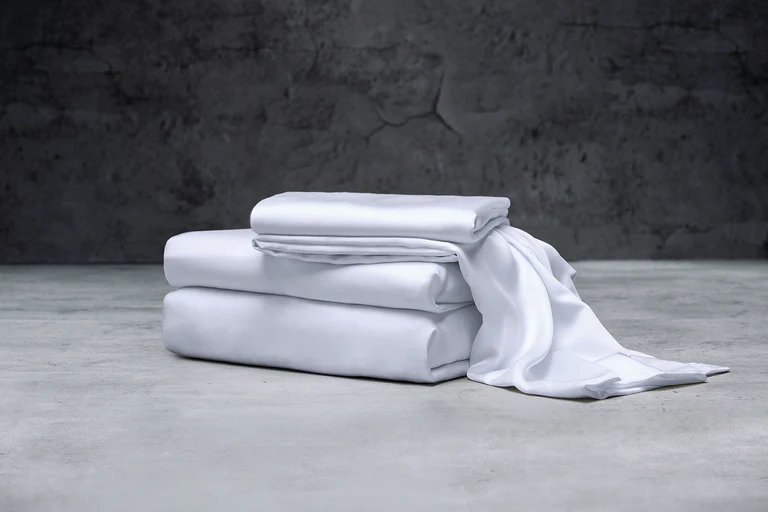01-Overview of Textile and Chemical Fibers
During the 13th Five Year Plan period, China’s chemical fiber industry as a whole maintained a stable development trend. In terms of production, China’s chemical fiber production in 2020 was 60.25 million tons, accounting for a high proportion of 84% of all textile fiber processing, Und 70% globally.
China is a major producer of chemical fibers and a strong developing country. It should be noted that out of 84% of the 60 million tons, 90% are petroleum based synthetic fibers, and only 10% are natural raw materials. At present, China’s dependence on oil imports has reached over 70%, so the sustainable development of the chemical fiber and textile industries has been put on the agenda. In addition, most chemical fiber products are not easily degraded in the natural environment, and the impact on the environment has attracted more attention, which is also related to whether this industry can maintain sustainable development.
China’s biological resources are very abundant, and agricultural and forestry biological resources can be used as raw materials to produce chemical fibers. In order to meet the needs of national economic development, this issue must be given our attention.
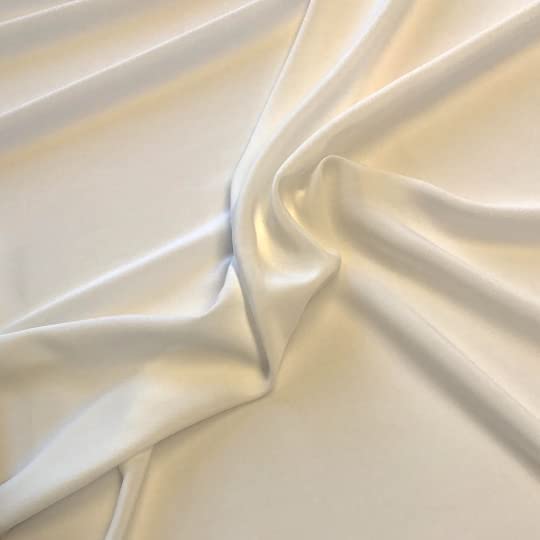
02-Overview of Viscose and Lyocell Fiber Industry
Compared to the 84% petroleum based chemical fiber I just mentioned, viscose fiber and Lyocell fiber belong to an additional 16%, which are natural raw materials and are also made using chemical methods, so they are also called chemical fibers. Viscose fiber accounts for the largest proportion, and the other part is Lyocell fiber, also known as “Tencel”, which has developed in recent years.
During the 13th Five Year Plan period, China’s industrial structure of viscose fibers and Lyocell fibers was further optimized. Viscose fiber is the main variety of man-made fiber, with more than 5 million tons. It is the second largest chemical fiber variety in the output of chemical fiber (the first is polyester). The main raw material is chemical fiber pulp. Jetzt, wood pulp is mainly used to separate natural cellulose through chemical reaction, and then it is processed into viscose fiber. Its advantages are good moisture absorption, easy dyeing, and skin friendly. Adding it to polyester can greatly improve its moisture absorption and breathability.
The raw material of Lyocell fiber comes from renewable fast-growing forests, and its raw pulp board can be completely dissolved in NMMO solvent. The solvent itself is not toxic, but the adhesive is toxic. During the production process, hydrogen sulfide and carbon disulfide are emitted, but the Lyocell fiber does not emit these gases. The entire production process is non-toxic, Und 99.5% of the solvent can be recycled and reused, and can be degraded into carbon dioxide and water under certain conditions, making it more environmentally friendly than adhesive.
Production of Lyocell and Viscose Fibers
Comparison of various consumption indicators
Producing 1 ton of viscose fiber requires 595 kilograms of caustic soda and 850 kilograms of sulfuric acid, but producing 1 ton of Lyocell fiber only consumes 45 kilograms of caustic soda and does not require the use of sulfuric acid. The production of 1 ton of viscose fiber will produce 180 kg of carbon disulfide, but the production of Lyocell fiber will not produce carbon disulfide. The discharge of other wastewater and waste is also much lower than viscose, and the use of chemical products is less, so Lyocell fiber is a real green chemistry fiber.
Lyocell and viscose fibers
Comparison of downstream spinning raw material performance
The strength of Lyocell fiber is 40-42, the strength of adhesive is 22-26, the wet strength of Lyocell fiber is 34-38, and the wet strength of adhesive fiber is 10-15. The strength of Lyocell fiber can be comparable to that of polyester fiber.
From the situation of China’s regenerated cellulose fiber industry in recent years, viscose is mainly short fiber with a production capacity of about 5 million tons. Lyocell fiber is just starting with a production capacity of 220000 tons. The three largest viscose staple fiber enterprises are Tangshan Sanyou, Saideli, and Zhongtai Textile. In recent years, the investment in Lyocell fiber has been hot, with representative enterprises being China Textile Green Fiber built by the Chinese Academy of Textile Sciences, and other planned production capacity exceeding 1 million tons.

03-Viscose and Lyocell fibers
Development status and achievements of
Let’s take a look at the current development status of viscose fibers and Lyocell fibers.
From the perspective of production capacity and output, in 2020, the production capacity of viscose staple fiber was 3.79 million tons, compared to just mentioned production capacity of over 5 million tons. The production capacity of Lyocell fiber was 45000 tons, and in the near future, the production capacity will increase to 60000 tons, reaching 203500 tons.
From the perspective of production capacity structure, further optimization is underway. In 2020, there were 24 recycled fiber production enterprises in mainland China, including 14 manufacturers of viscose fibers, 5 enterprises of viscose filament, Und 9 enterprises of Lyocell fibers. Jedoch, they also produce viscose staple fibers. At present, through merger and reorganization, there are three enterprises with an annual output of more than 500000 tons of viscose staple fiber, accounting for 55.1% of the industry’s production capacity. At present, the top seven enterprises in the industry have accounted for 80.8% of the industry’s production capacity, and the industry concentration ratio of the viscose industry is high.
Lyocell fiber has always been monopolized by Lanjing Company, and China has conducted research for over a decade, ultimately breaking through Lyocell fiber technology. Lyocell fiber now has complete independent intellectual property rights, such as enterprises under the China Textile Science Research Institute. The production line of viscose fiber has reached 120000 tons, with rapid technological progress and generally increased investment in environmental protection. Green development is becoming a new track of industry competition.
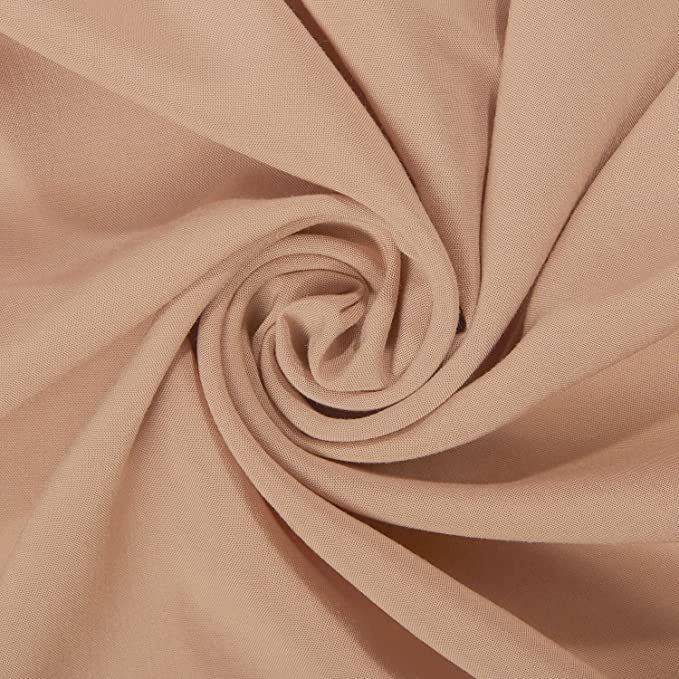
04-Current Situation of Dissolved Pulp Industry
The import volume of dissolved pulp in China continued to maintain a growth trend in 2020, reaching 3.25 million tons, with Indonesia and Brazil being the main source countries. It is worth noting that after the establishment and operation of Sun Paper in Laos, China’s import volume from Laos was 240000 tons, and the import unit price was close to the average level of broadleaf pulp. The dissolved pulp imported by China mainly comes from Indonesia, Brazil, Die Vereinigten Staaten, South Africa, Laos, and the Czech Republic, accounting for 71% of the total import volume. The global dissolved slurry is mainly distributed in the Americas, Europe, Southeast Asia, and South Africa. The production capacity of domestically produced dissolved pulp in China has reached 2.8 million tons, with the main enterprises being Asia Pacific Senbo, Chenming, Sun Paper, and Hunan Juntai. Jedoch, some of them are flexible production, with Sun Paper and Hunan Juntai providing relatively stable supply. The actual supply is less than 300000 tons, less than 10% of China’s demand.
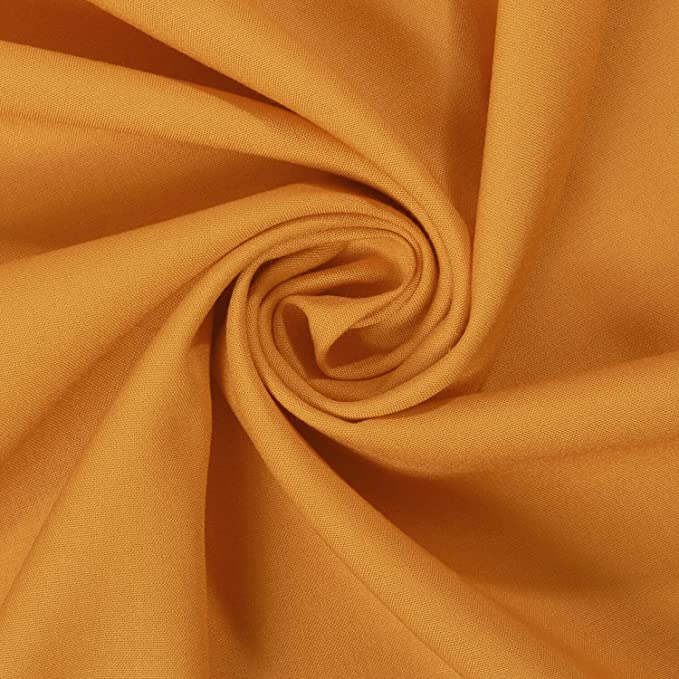
05-Situation and challenges faced
Imbalance of supply and demand structure
In recent years, the production capacity of viscose fibers has been very large, with millions of tons. The production capacity of Lyocell fibers is also very large. As an emerging material, downstream companies still need time to accept the emerging Lyocell fibers, resulting in overcapacity and unsatisfactory benefits. Viscose fiber enterprises are basically in a loss making state.
Several consumption phenomena that occurred after the price surge
80% of viscose fibers and Lyocell fibers rely on imports, which is also a “bottleneck” problem. Because some countries are still unable to produce Lyocell fibers, there are more imports from the United States.
There are still technological bottlenecks in the industrial chain
The single line production capacity of Lyocell fiber is relatively low, with Lanjing Company’s single line production capacity reaching 67000 tons/year, while the general single line production capacity in China is 15000 to 20000 tons/year, so the cost is also affected.
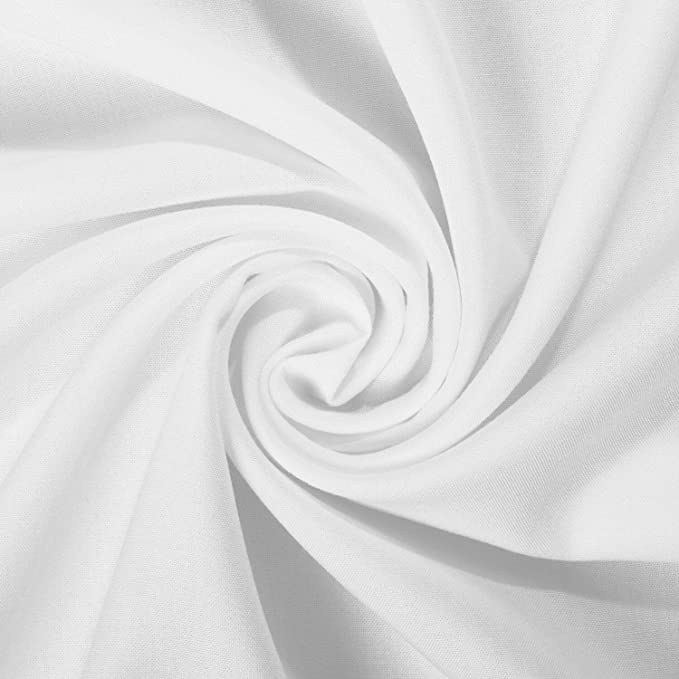
06-Main Tasks for Future Development
During the 14th Five Year Plan period, the main tasks of the adhesive industry and the Lyocell industry include:
Guide the reasonable digestion of industry production capacity
Viscose short fibers: We need to eliminate outdated production capacity, eliminate conventional production lines that do not meet environmental standards, and eliminate small-scale production lines to ensure a virtuous cycle of demand.
Lyocellfaser: To maintain rational investment and development, the research and development scale can reach a single line production capacity of 30000 to 50000 tons to reduce costs.
Enrich the allocation of fiber raw material resources
Stabilize the supply of wood pulp. Encourage foreign enterprises to sign long-term agreements with domestic and foreign suppliers to reduce fluctuations in raw material prices. Encourage domestic pulp enterprises, as well as viscose and Lyocell enterprises, to increase their domestic and global pulp production capacity through equity participation, acquisition, and new factory construction.
Increase research and development efforts in the recycling technology of waste textiles. Research and develop the diversification of viscose and Lyocell raw materials, such as encouraging enterprises to study other natural cellulose pulping processes such as hemp pulp, straw pulp, bamboo fiber, etc. Strengthen collaborative innovation between upstream and downstream, establish a targeted recycling and reuse system for cotton textiles, and form a virtuous cycle by fully utilizing waste yarn, waste materials, waste fabrics, leftover materials, as well as various cotton containing textiles, clothing, and home textile products after consumption, to achieve industrial chain closure.
Promote key technological progress
Realize the localization of core equipment, reaction kettles and thin film evaporators, and focus on tackling technologies such as 35000 tons/year large capacity thin film evaporators. In addition, breaking through the production technology of Lyocell pulp, Lyocell dissolved pulp has higher requirements than adhesive pulp, such as not containing metal ions.
Building a green and sustainable industrial chain
Building a green and sustainable industrial chain is also a key development direction of the 14th Five Year Plan.
Enterprises can pay attention to flexibility when implementing pulp projects, which can produce both pulp and dissolved pulp with greater inclusivity to reduce losses. For example, if the situation of viscose fibers is good, they can switch to production and produce viscose dissolved pulp; If the pulp situation is good, switch to pulp production.
In addition, pulp making enterprises need to be rational when investing, and the situation of dissolved pulp will not be too good now, because the production capacity of viscose fibers and Lyocell fibers is excessive, and even severely excessive. In the long run, Lyocell fiber has a promising future. On the one hand, downstream companies will fully understand this spinning manufacturing technology in the future, and on the other hand, Lyocell is an environmentally friendly fiber with strength similar to polyester, which can replace polyester and a considerable portion of viscose fibers. Polyester accounts for 70% of the total chemical fiber production, and in the long run, Lyocell has great potential for substitution. Jedoch, caution should be exercised in early investment and gradually develop.
Furthermore, wood pulp enterprises can collaborate with viscose and Lyocell fiber enterprises to adopt a development approach of restructuring and mergers and acquisitions, in order to achieve better efficiency through coordinated development.
